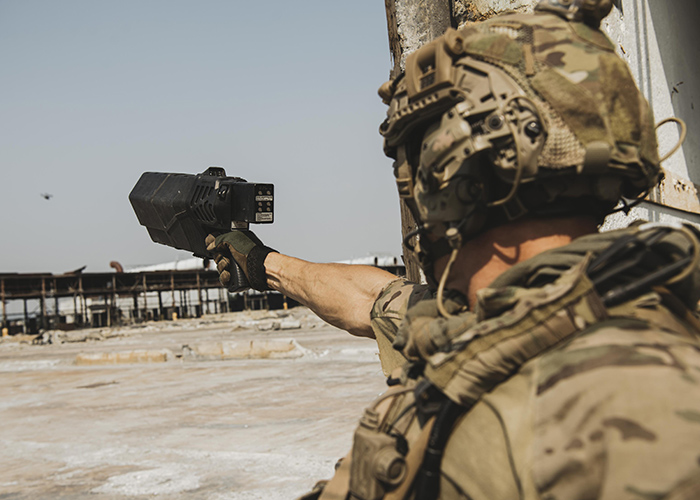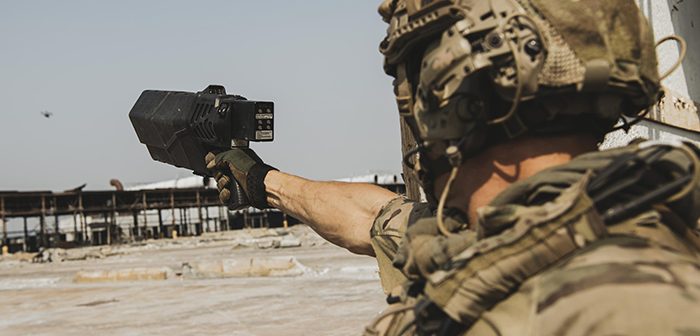
DroneShield has announced a further lift in order activity, securing three new contracts worth a combined $7.6 million with the U.S. Government for handheld counterdrone systems. The Sydney-based defence technology firm expects to deliver the equipment by the end of 2025, with payments due in late 2025 or early 2026.
The deal continues DroneShield’s recent pattern of repeat business from U.S. defence customers, following earlier orders valued at $5.7 million in May 2024 and $7.9 million in September this year. The company said the latest contracts reflect growing interest from clients seeking to expand their use of counterdrone technology amid rising concerns about unmanned aerial threats.
DroneShield’s chief executive, Oleg Vornik, said smaller, recurring contracts were key to maintaining a consistent order flow and building longer-term relationships with government buyers. He added that such orders form part of a broader sales pipeline, which includes several potential deals exceeding $100 million, and one major opportunity worth an estimated $800 million.
The company has reported a notable rise in order activity this year, receiving 78 purchase orders to date in 2025 with a median value of around $400,000 — double the median from 2024. By comparison, DroneShield recorded 66 orders across all of 2024.
Following strong revenue growth — $57 million in 2024 and further gains expected this year — DroneShield said it will raise the minimum threshold for order announcements from $5 million to $20 million in 2026, indicating that smaller contracts will only be disclosed if they hold strategic importance.
The company is also pressing ahead with a major expansion of its production capacity, which it aims to scale from $500 million annually to $2.4 billion by the end of 2026. The plan includes the launch of assembly plants in Europe and the United States, aimed at improving delivery times and localising supply chains for key markets.
DroneShield’s growth comes amid heightened global demand for counter-unmanned aerial systems, as governments and defence agencies look to counter the increased use of drones in both combat and civilian contexts. While the company continues to capitalise on this expanding market, it faces a competitive landscape that is drawing increasing attention from established defence contractors and new technology entrants alike.






